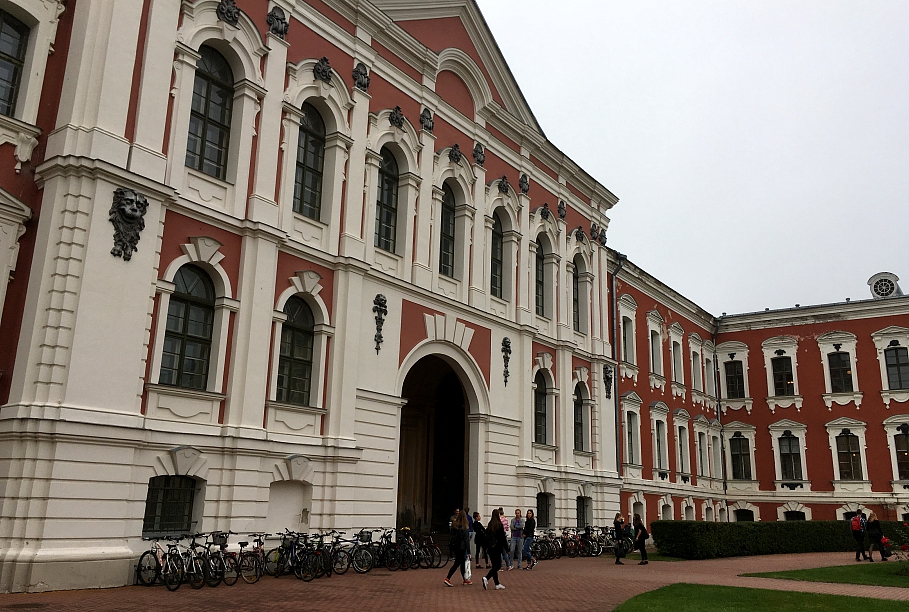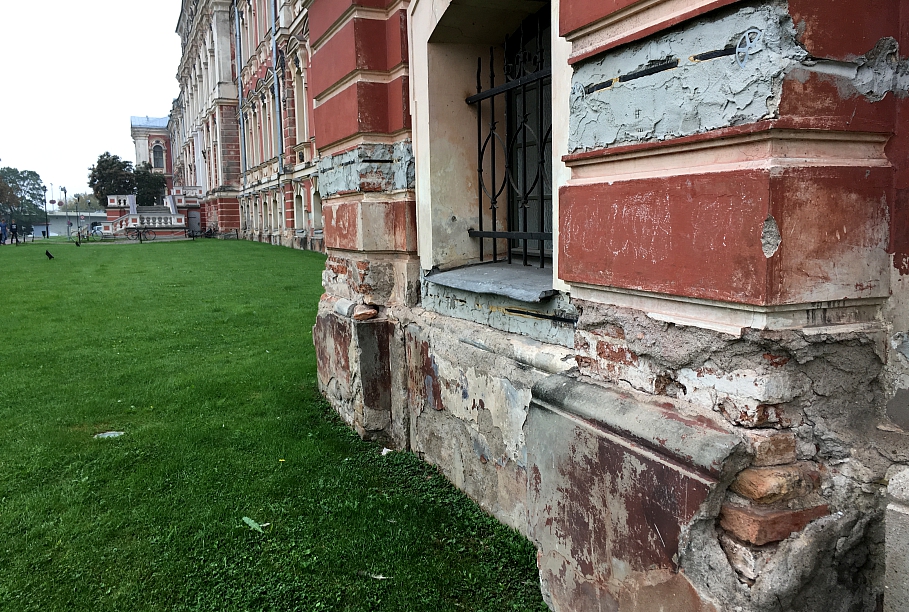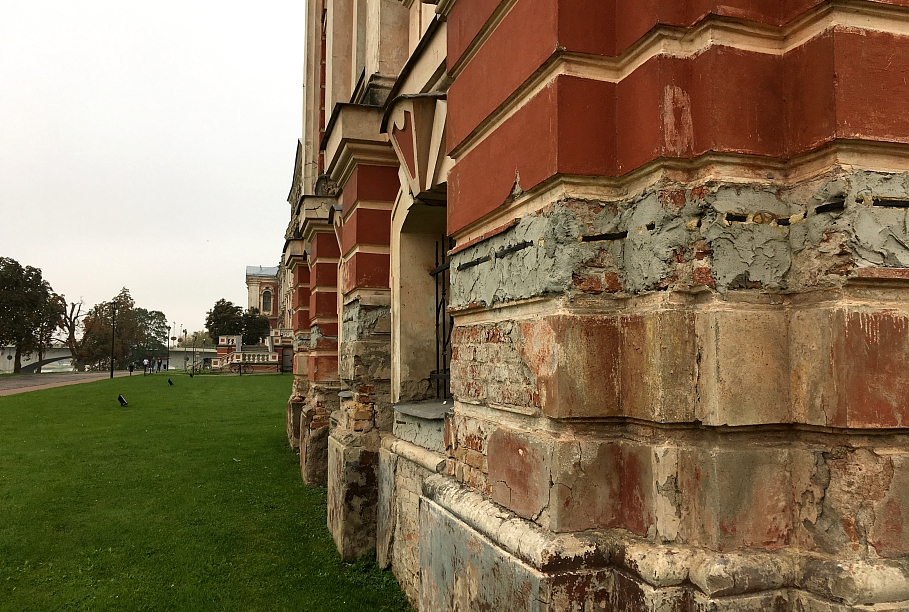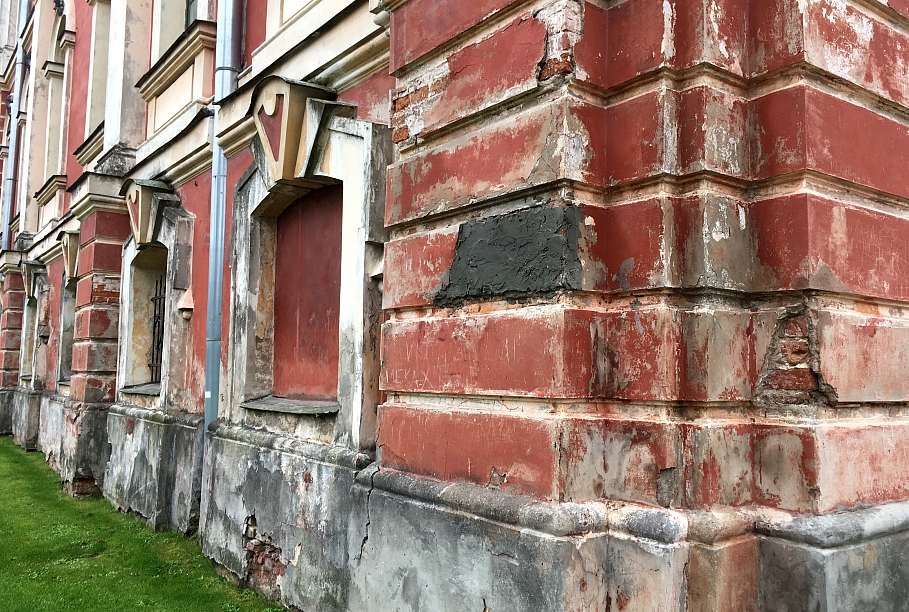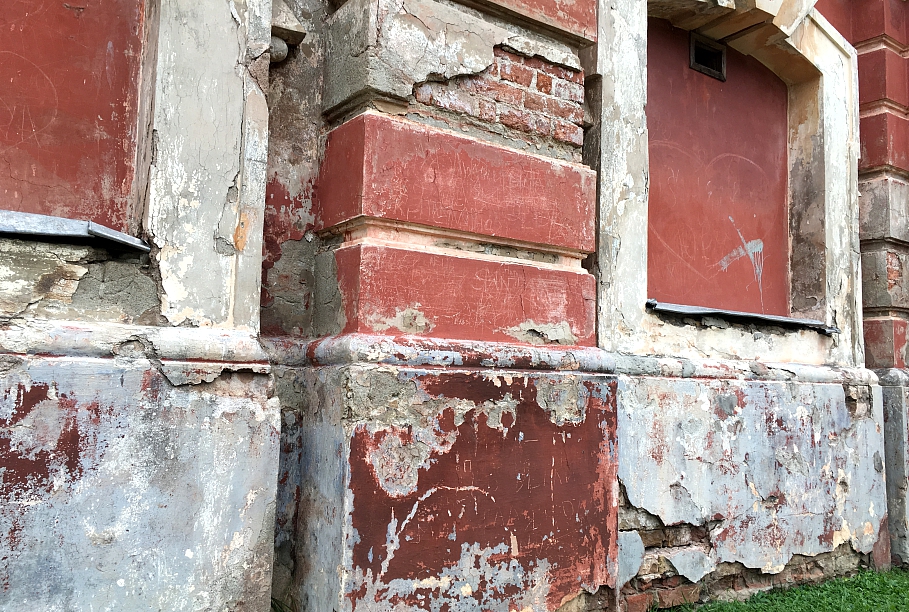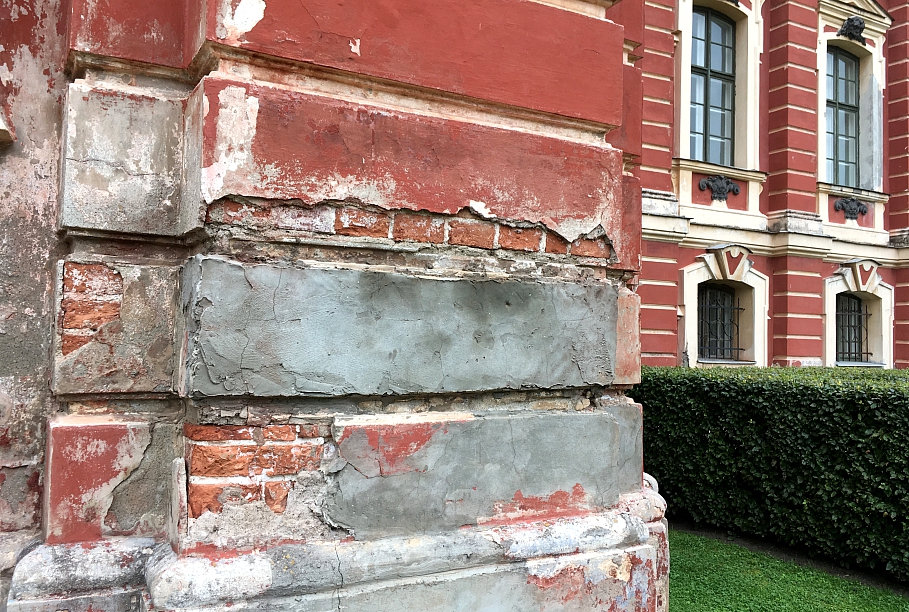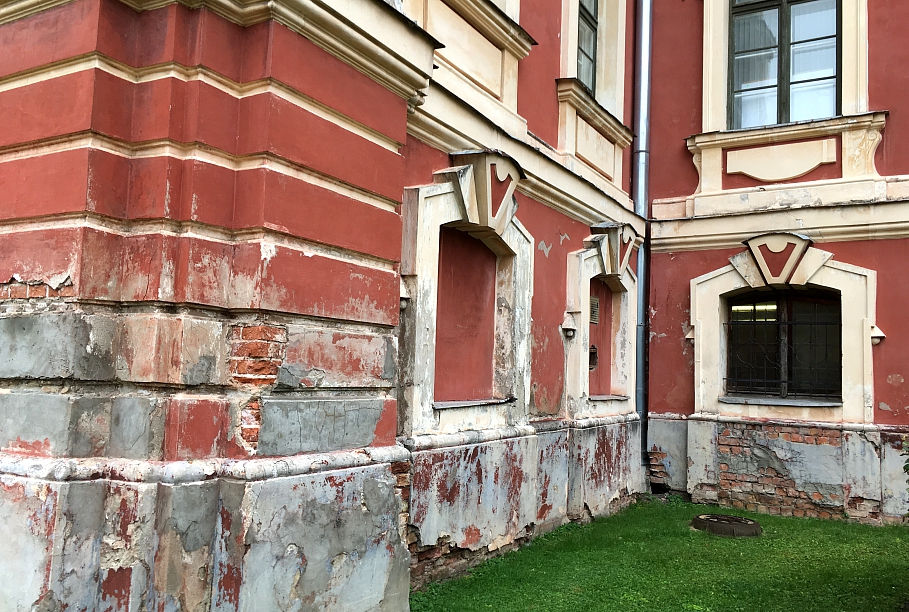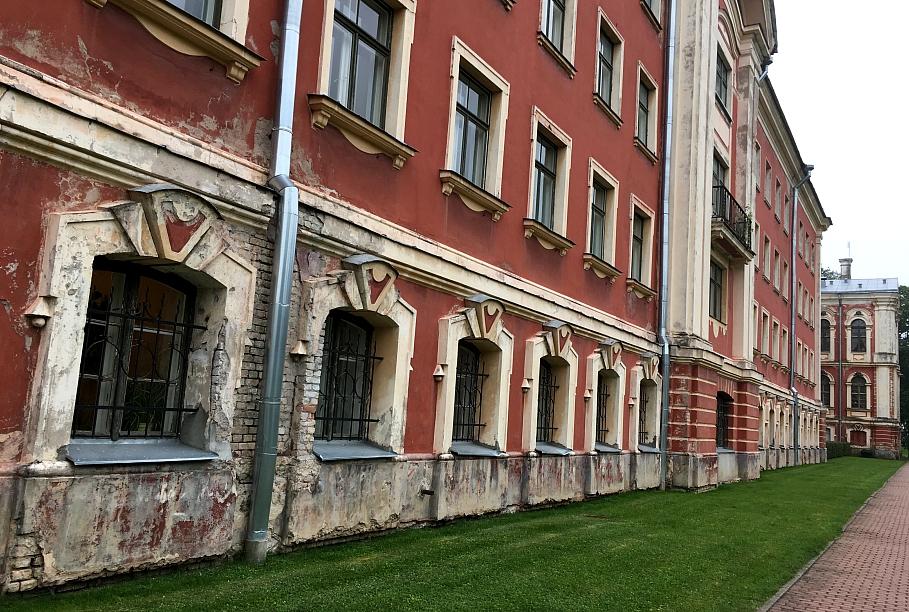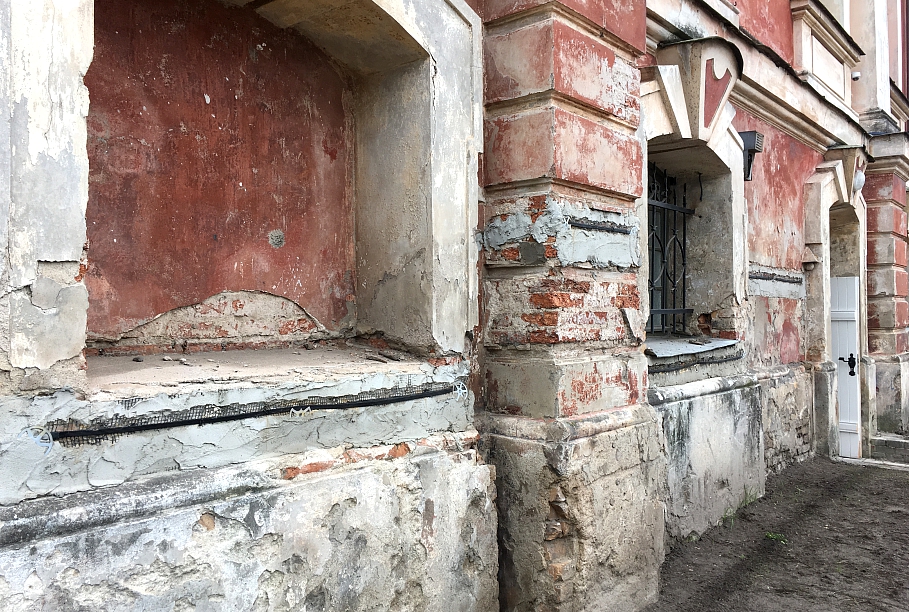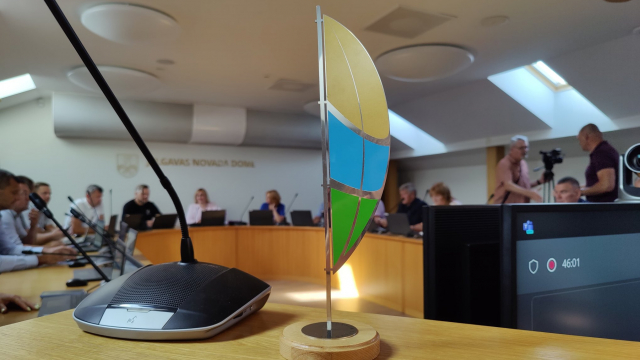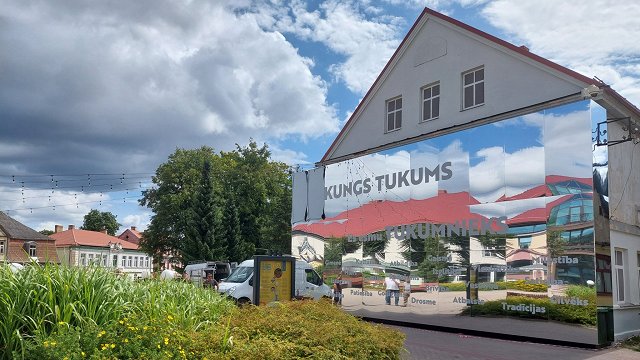Designed by Russian court architect Rastrelli, the palace by the bank of Lielupe river has not lost its general grandeur even after suffering times of great turbulence.
"They started building the palace in 1738 in the place of the old Jelgava palace," Ginta Linīte, director of the castle museum within the premises, told Latvian Radio's Māra Rozenberga.
The Jelgava Palace is one of the few monuments surviving the bombing of Jelgava in the second world war. It was later reconstructed to house the university.
"The red color of the facade you see now is from 1961. These are not the colors of architect Rastrelli. Those who've studied Rastrelli's work know that he didn't use a red like this.
It's from the Soviet era when this option was chosen so that the palace would be different and did not associate with the Rundāle palace or any other. But now we're used to it, and for the time being it will stay that way," said Linīte.
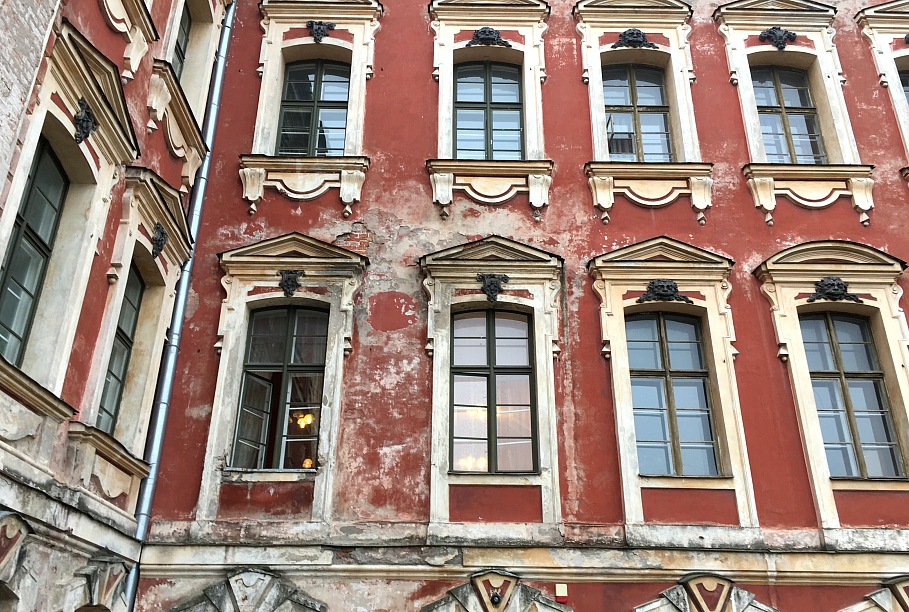
The decorative casts - black lions' heads and decorative foliage above the window openings - are a few of the rare elements preserved from the times Courland was still ruled by dukes.
"Originally these were envisaged for the Rundāle palace, but later the Duke decided that the palace, as it's the main residence of the duke, should be more impressive, more sumptuous. That's why the casts weren't used for the Rundāle Palace but were instead shipped to Jelgava," said Linīte.
The Latvia University of Agriculture has attracted €6.7m for the restoration project that will be carried out within four years, said university director Andrejs Garančs.
"The facade of the palace has served its time. If we speak truthfully, nothing has been done to the outside facade from the Soviet era, the 50s, the 60s...That's why this project is related to the facade and energy efficiency," he said.
According to Garančs, the plan is to reconstruct the facade, install a ventilation system, improve insulation and replace windows and doors.
As studies will be ongoing at the university, renovation won't be a small task with more than 700 windows having to be replaced. None of the original windows have been preserved however as the palace suffered terribly during the first and the second world war.
The Jelgava Palace is an amalgam of different eras. For example, it was turned into an enclosed square building in the late 1930s after an annex for the Agriculture Academy was added after a plan by architect Eižens Laube.
